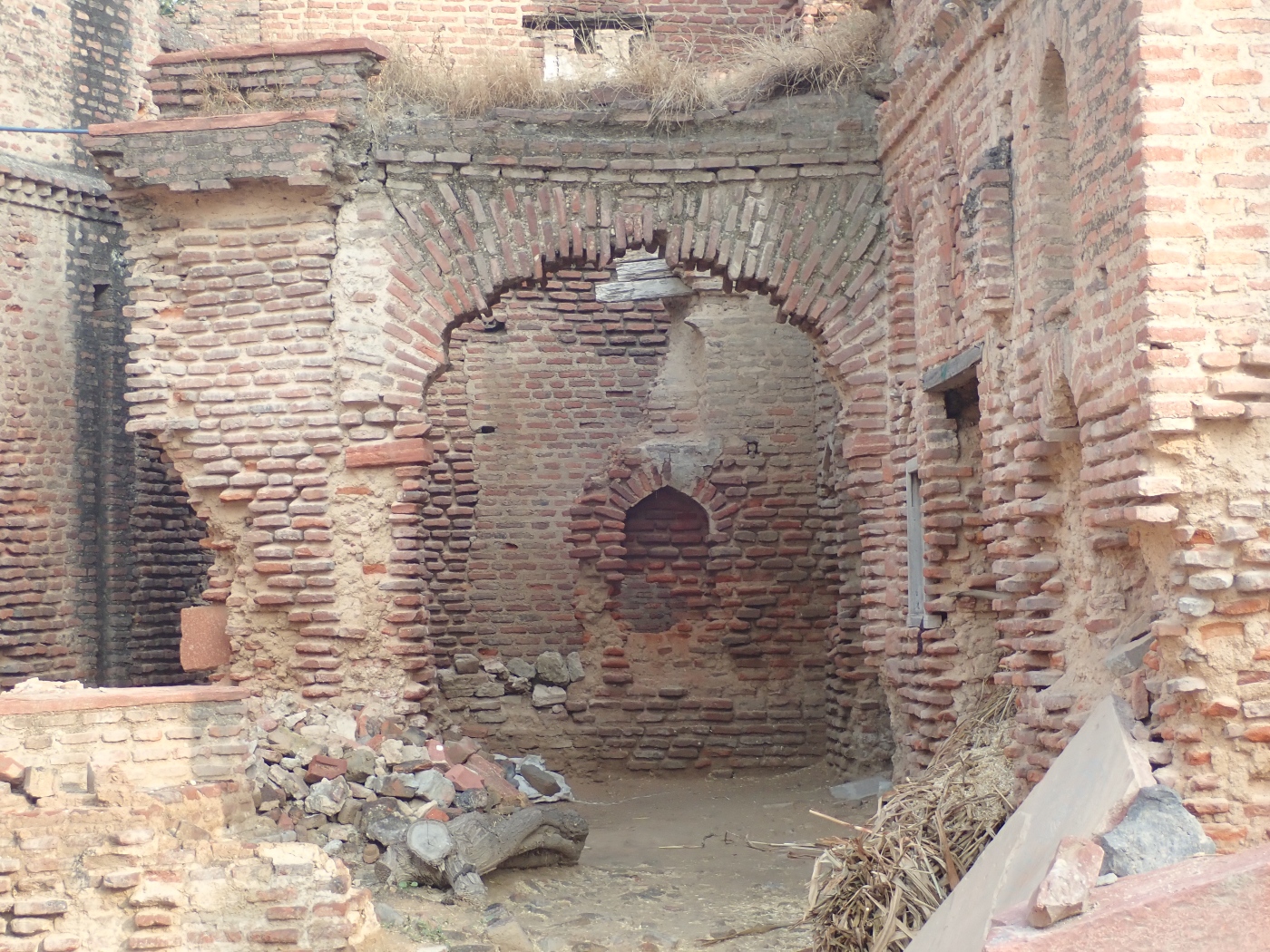
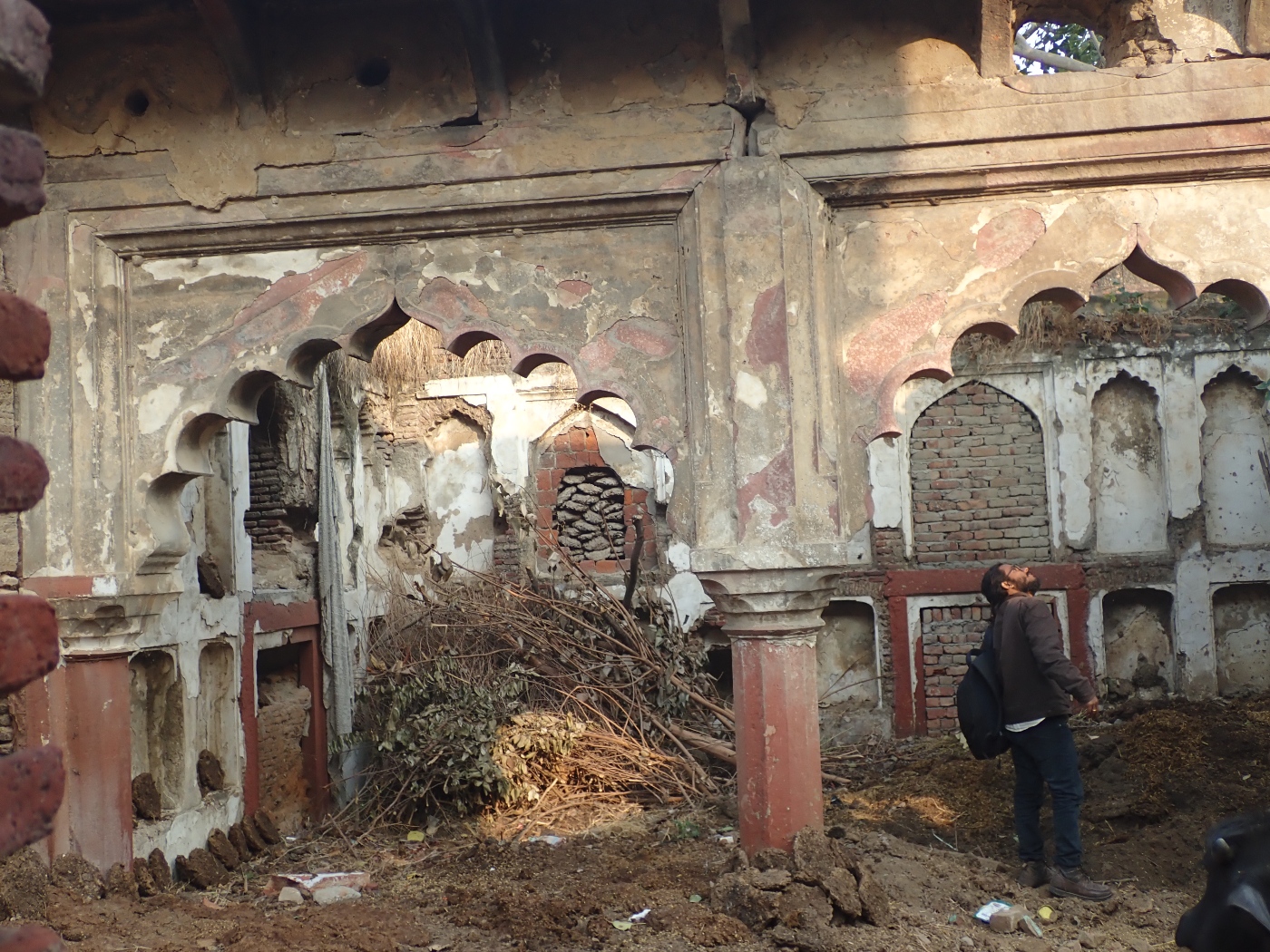
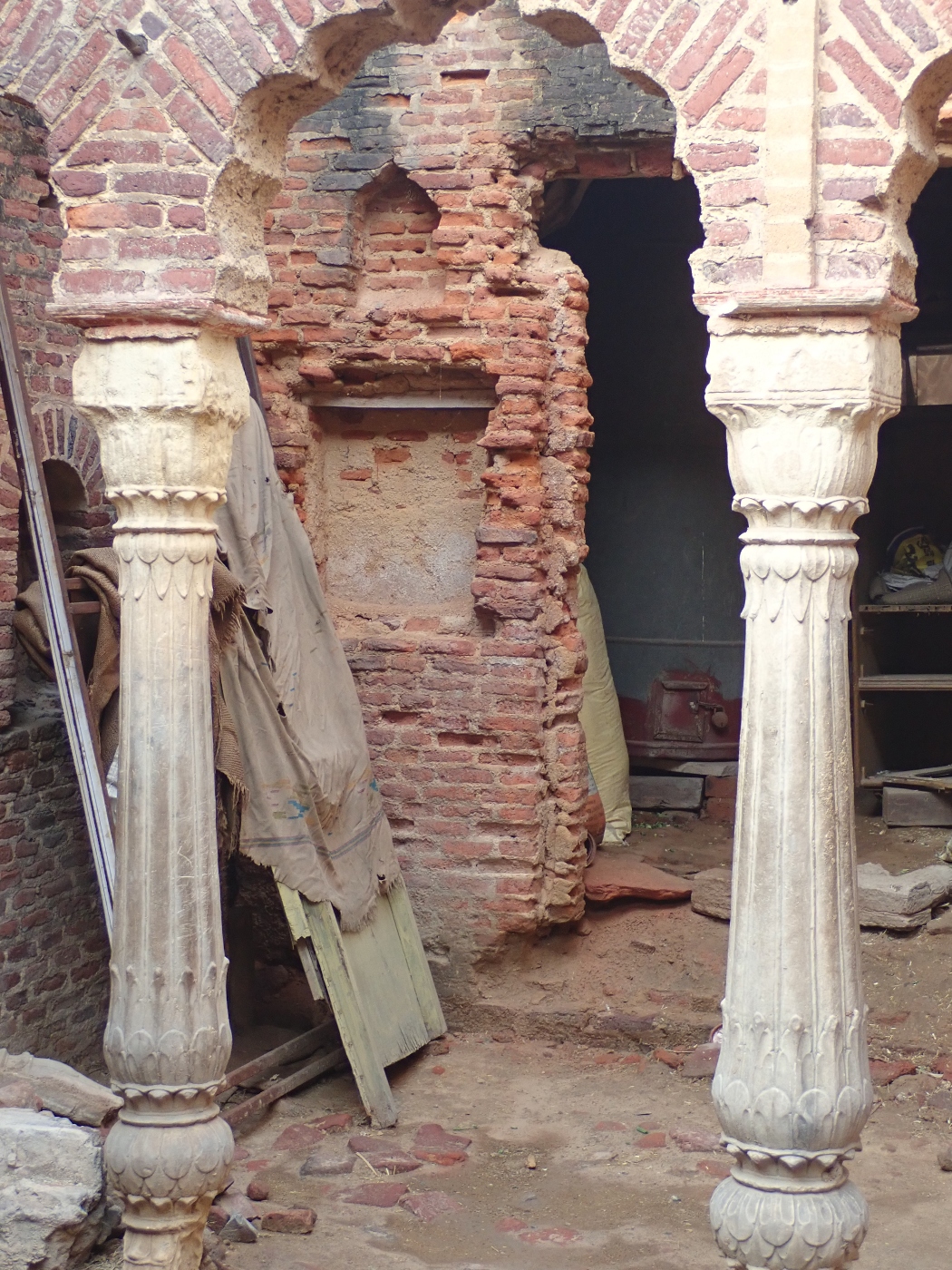
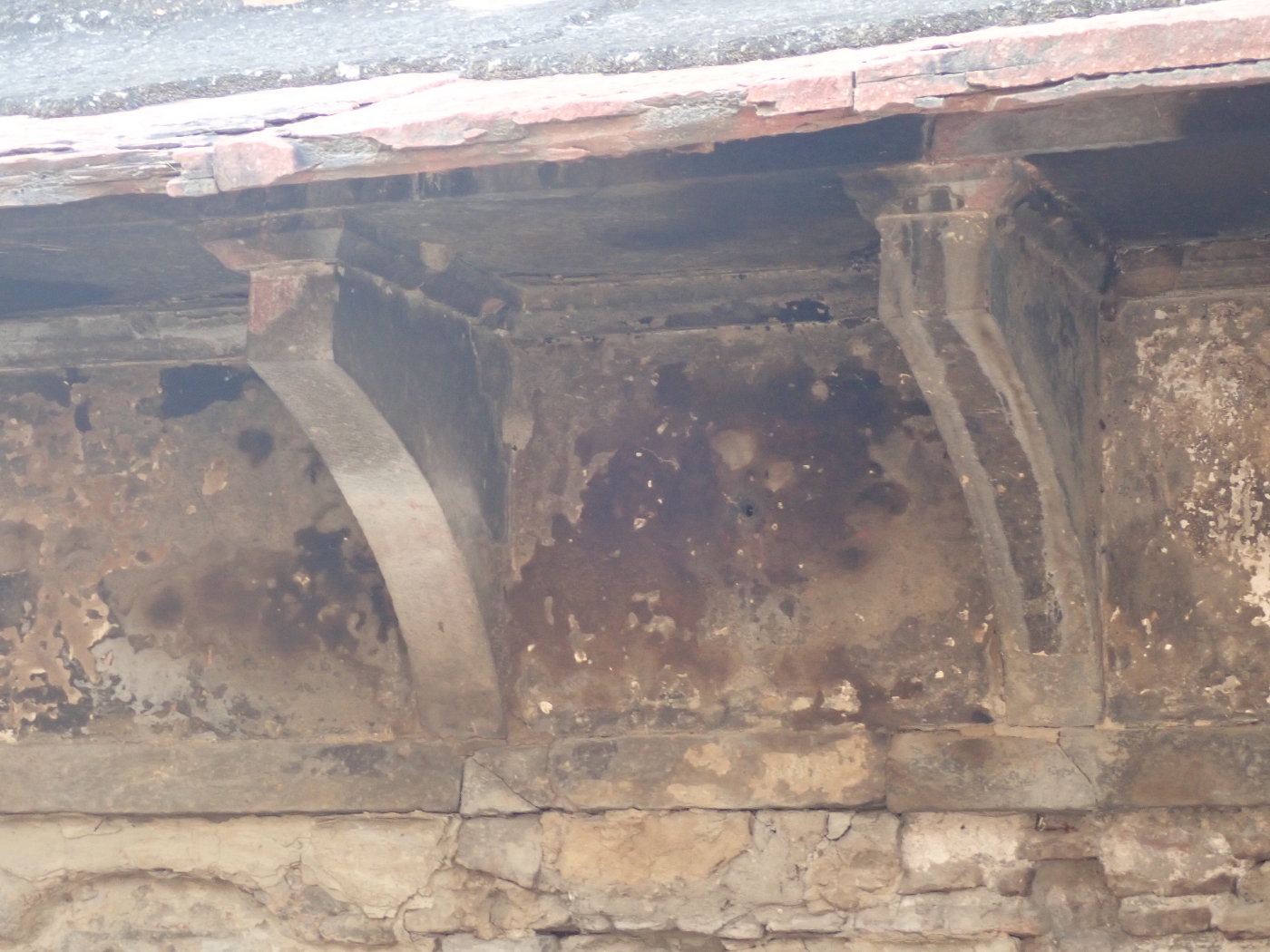
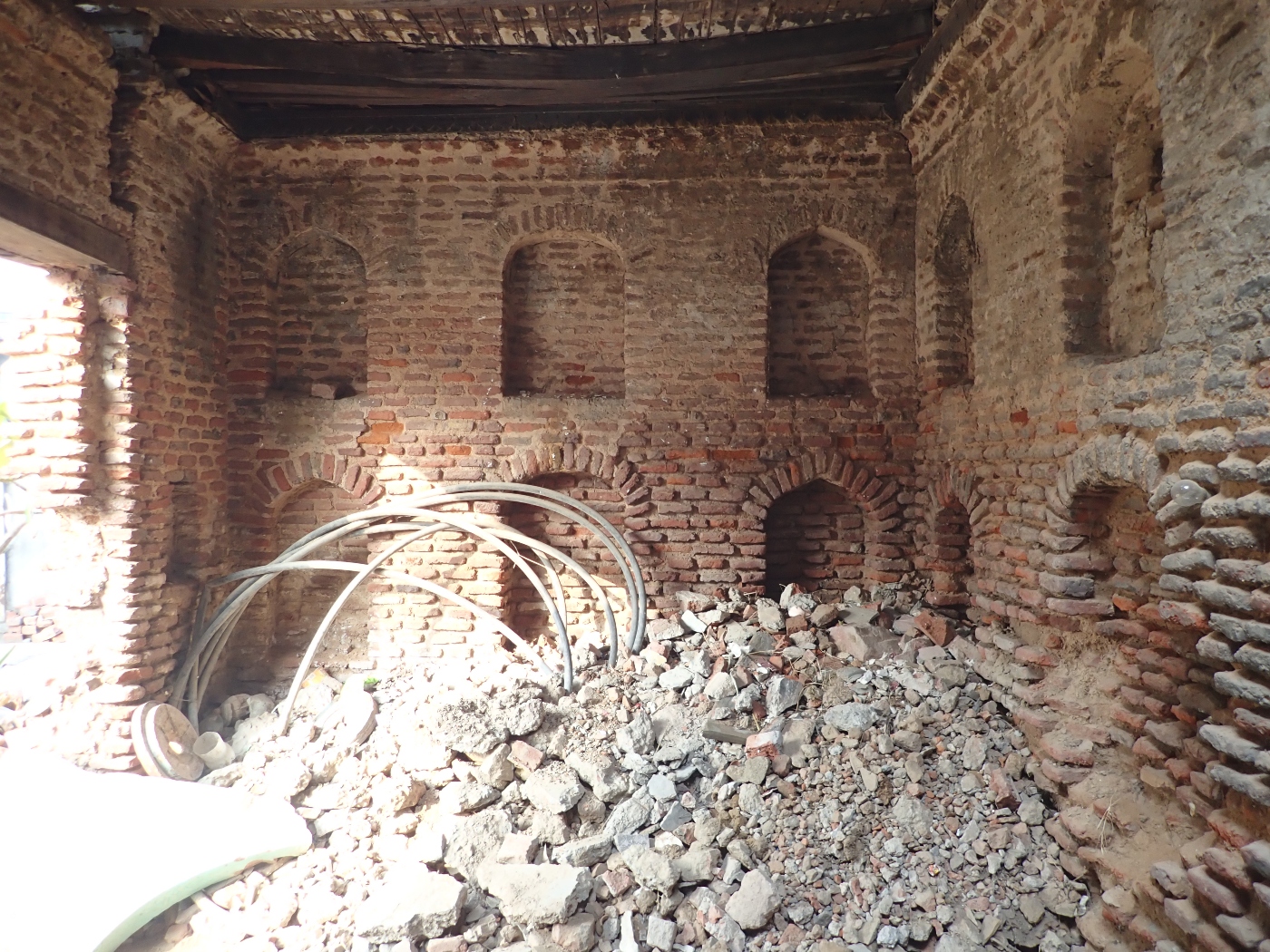
Shikargah at Jaunti, located near Kanjhawala in outer Delhi, is an important but lesser-known historical structure dating back to the 17th century during the reign of the Mughal emperor Shah Jahan. These "shikargahs" or hunting lodges were common features of the Mughal landscape, where rulers engaged in royal hunts, a prestigious activity combining sport with displays of power and military practice. Historical Context and Establishment: Establishment: The Jaunti Shikargah is believed to have been established during the reign of Shah Jahan (r. 1628–1658), a period when architecture and public works flourished. This particular lodge was used as a retreat for hunting expeditions, where royal entourages could rest and strategize. Purpose: These hunting lodges were not merely for recreation but also served as military exercises known as qamargah. This involved surrounding wild animals within a designated area, often a forest or meadow, and then engaging in controlled hunting. It doubled as training for warfare and a display of strength, blending sport with preparation for battle. Architecture: The lodge in Jaunti is a double-storeyed structure, with a distinctive central vaulted compartment on the upper floor, which was a common architectural feature in Mughal buildings. The upper floor would typically have been used as a vantage point for viewing the surrounding landscape and directing hunting activities. Over time, however, the structure has fallen into disrepair, with parts having collapsed. Present Condition: Neglect: Despite its historical significance, the Jaunti Shikargah is now in a state of neglect. Like many heritage structures in the region, it has not received adequate preservation efforts, leading to visible deterioration. Urban Encroachment: Jaunti itself has evolved into an urban village with modern constructions surrounding the Shikargah, blurring the lines between medieval and contemporary structures. The village, home to over 200 families, is witnessing increasing urbanization, which further threatens the preservation of this historical site. Significance: The Jaunti Shikargah is one of the largest surviving hunting lodges in the Delhi region. Its architecture and historical context provide a glimpse into the grandeur of Mughal hunting traditions and their role in military training. However, due to lack of maintenance, the structure is fading into obscurity. Efforts to conserve this site could provide a richer understanding of Mughal recreational and military practices, as well as Shah Jahan's broader contributions to Delhi's architectural heritage.